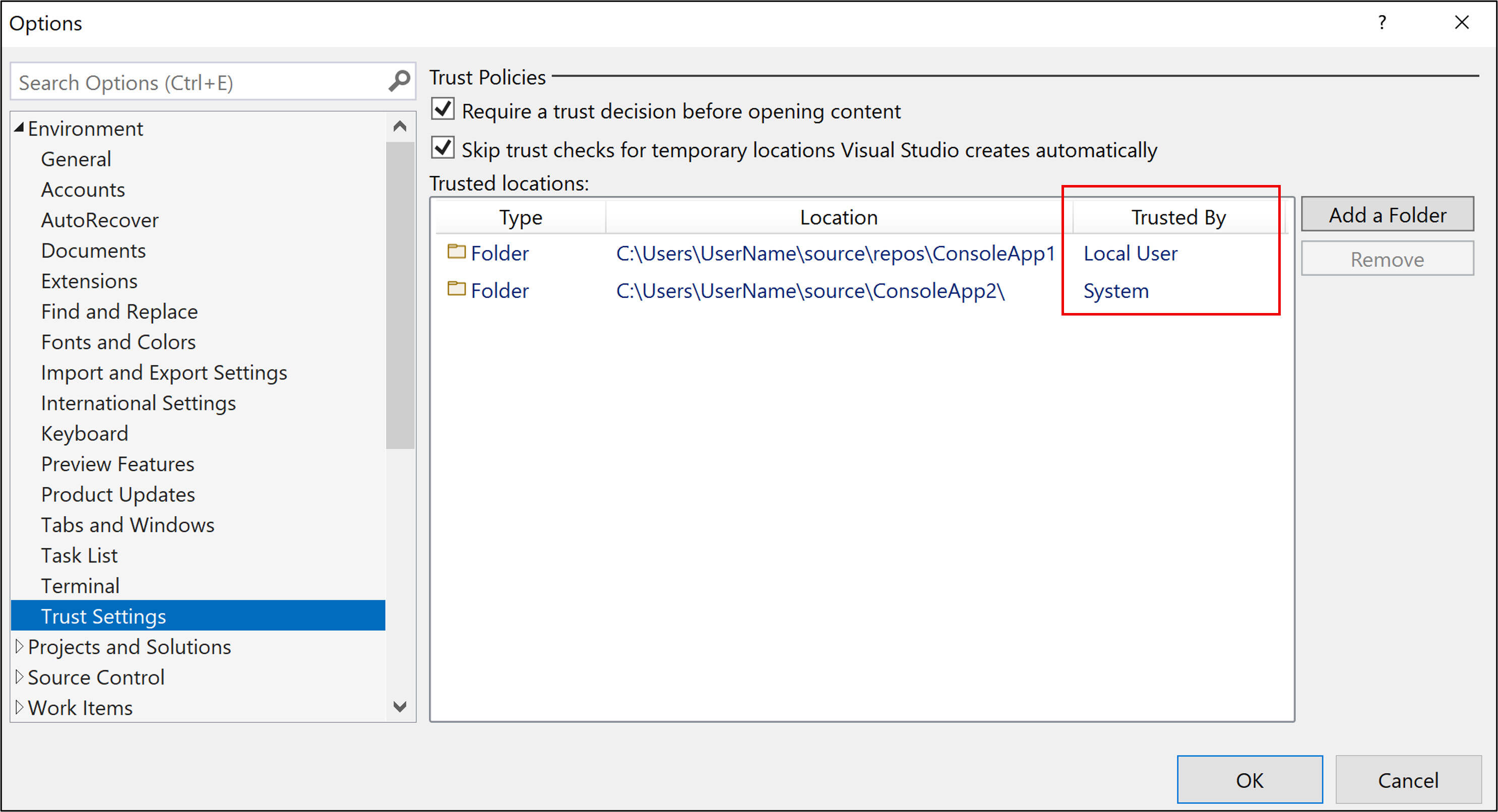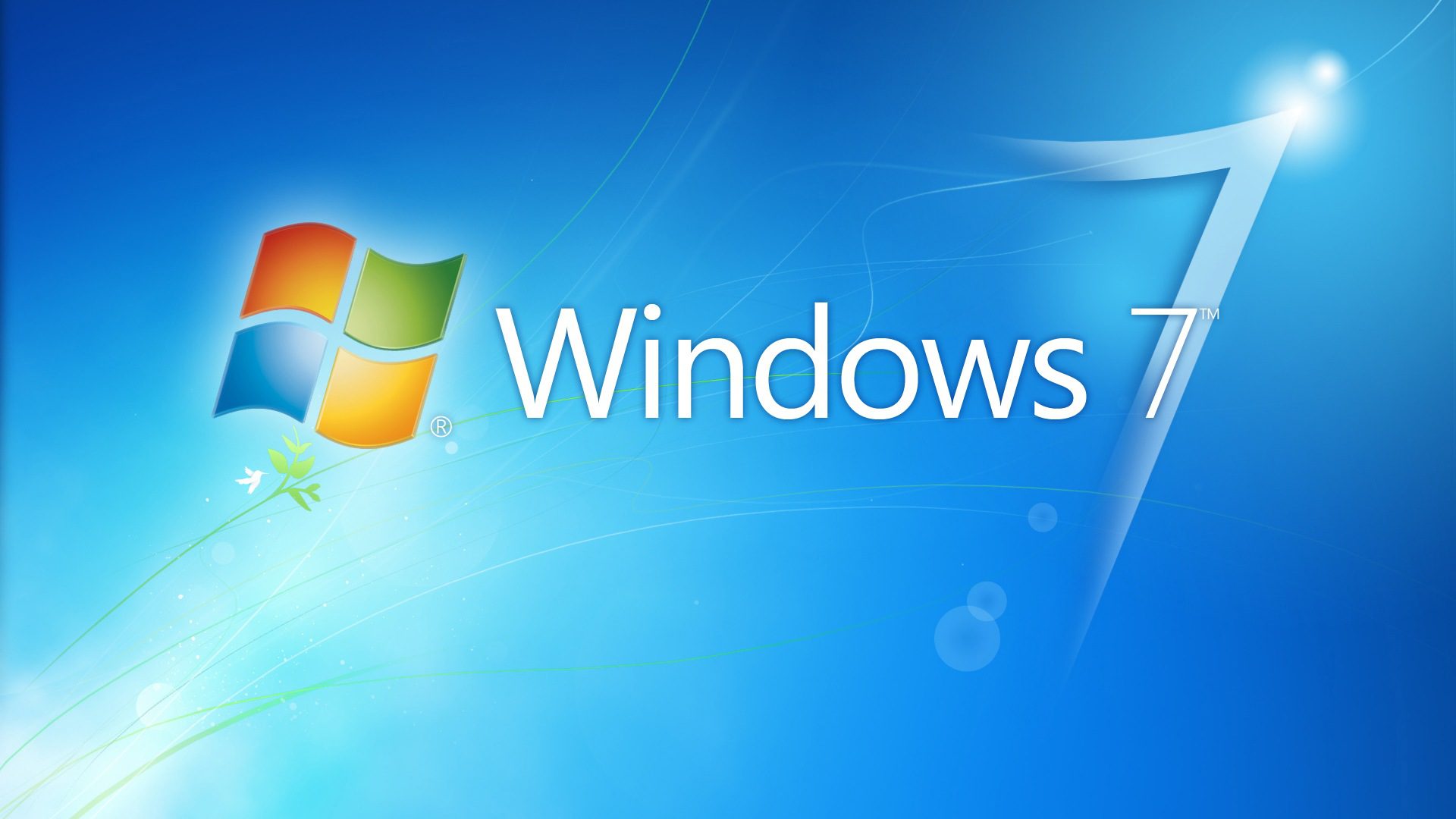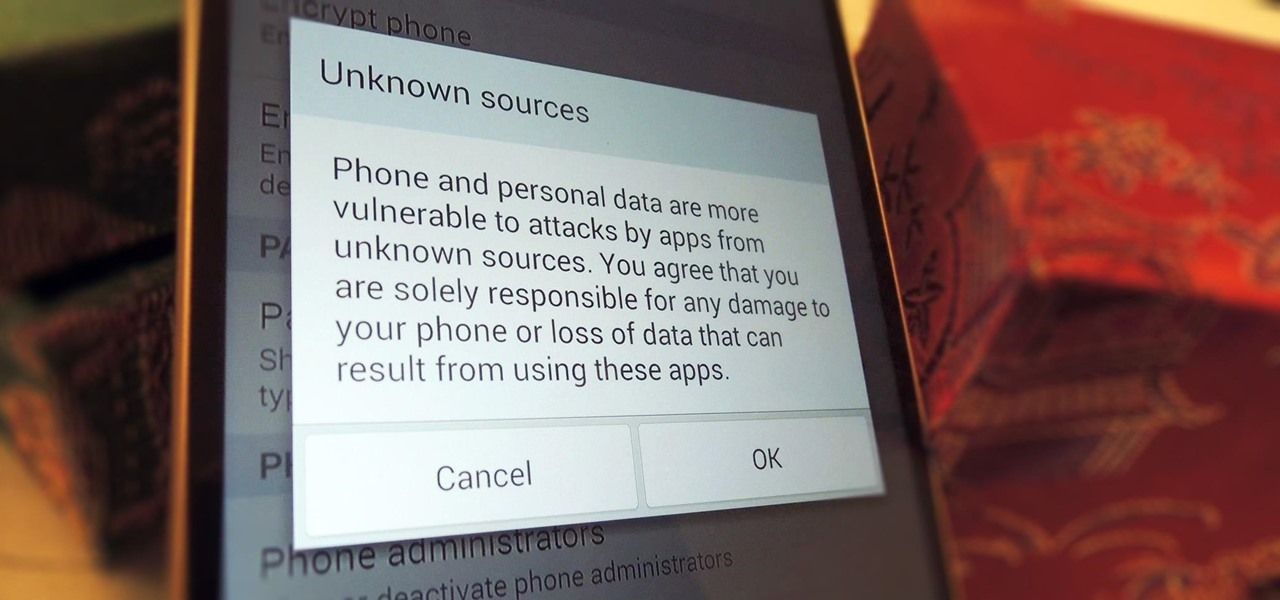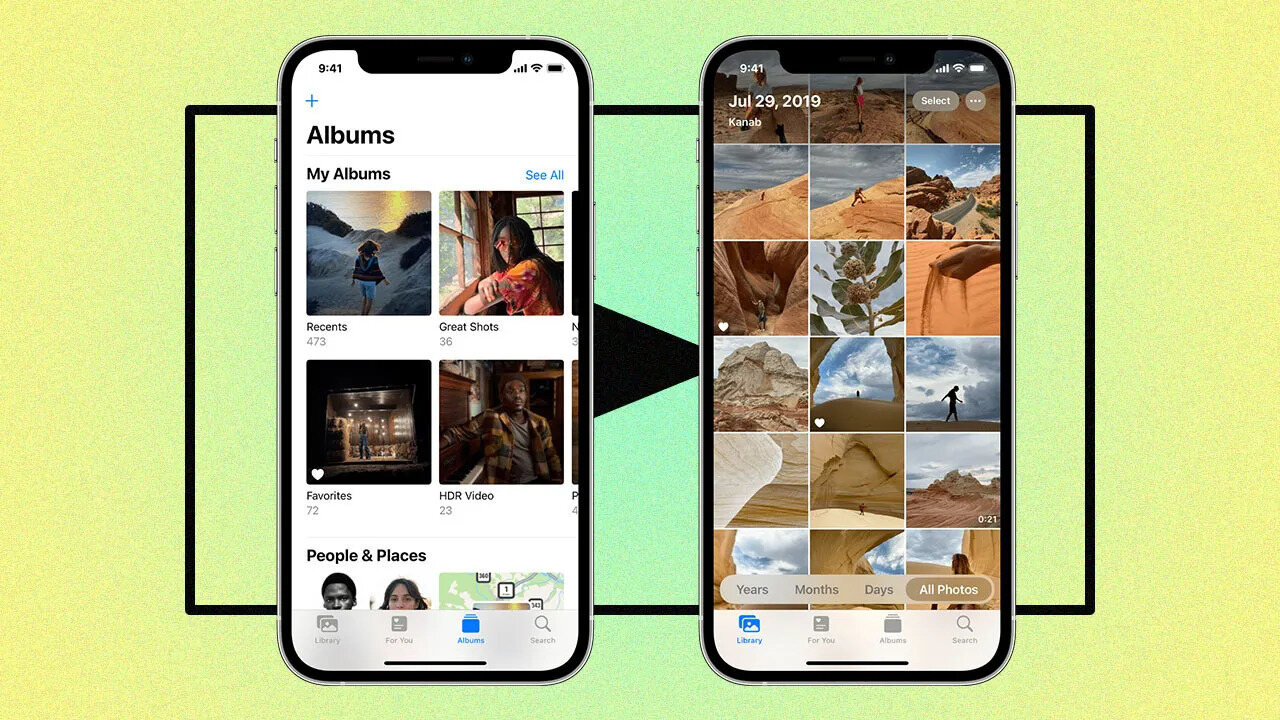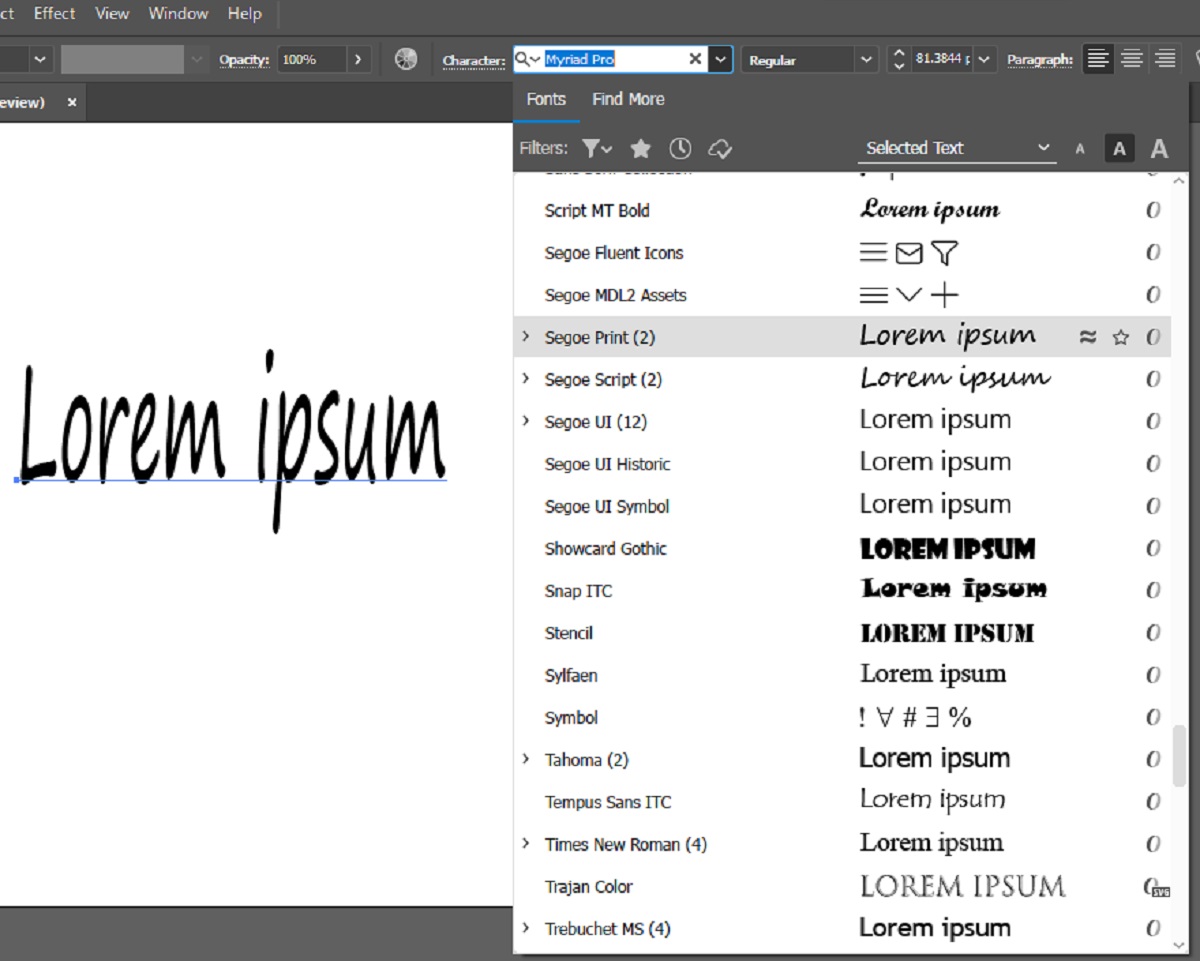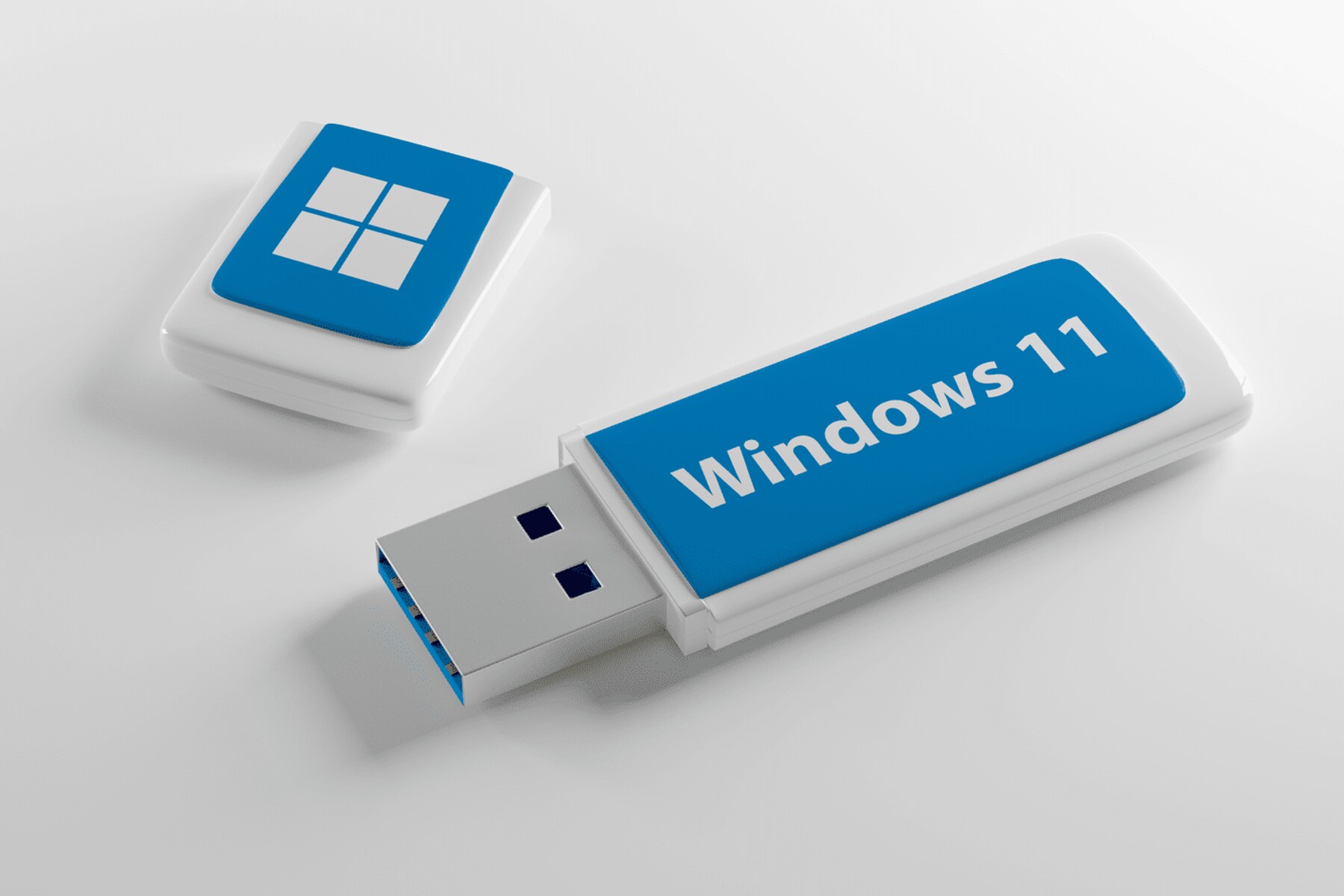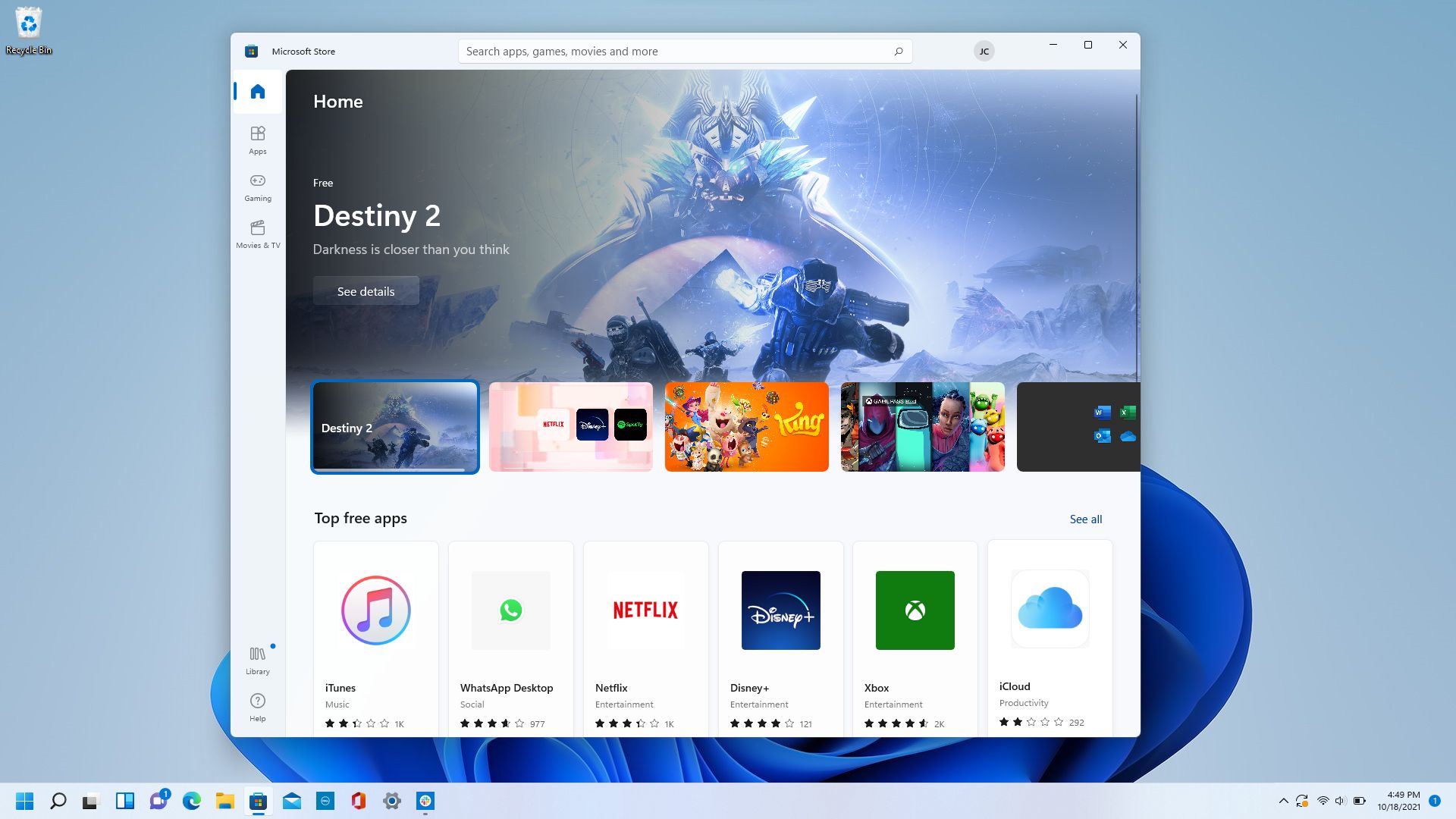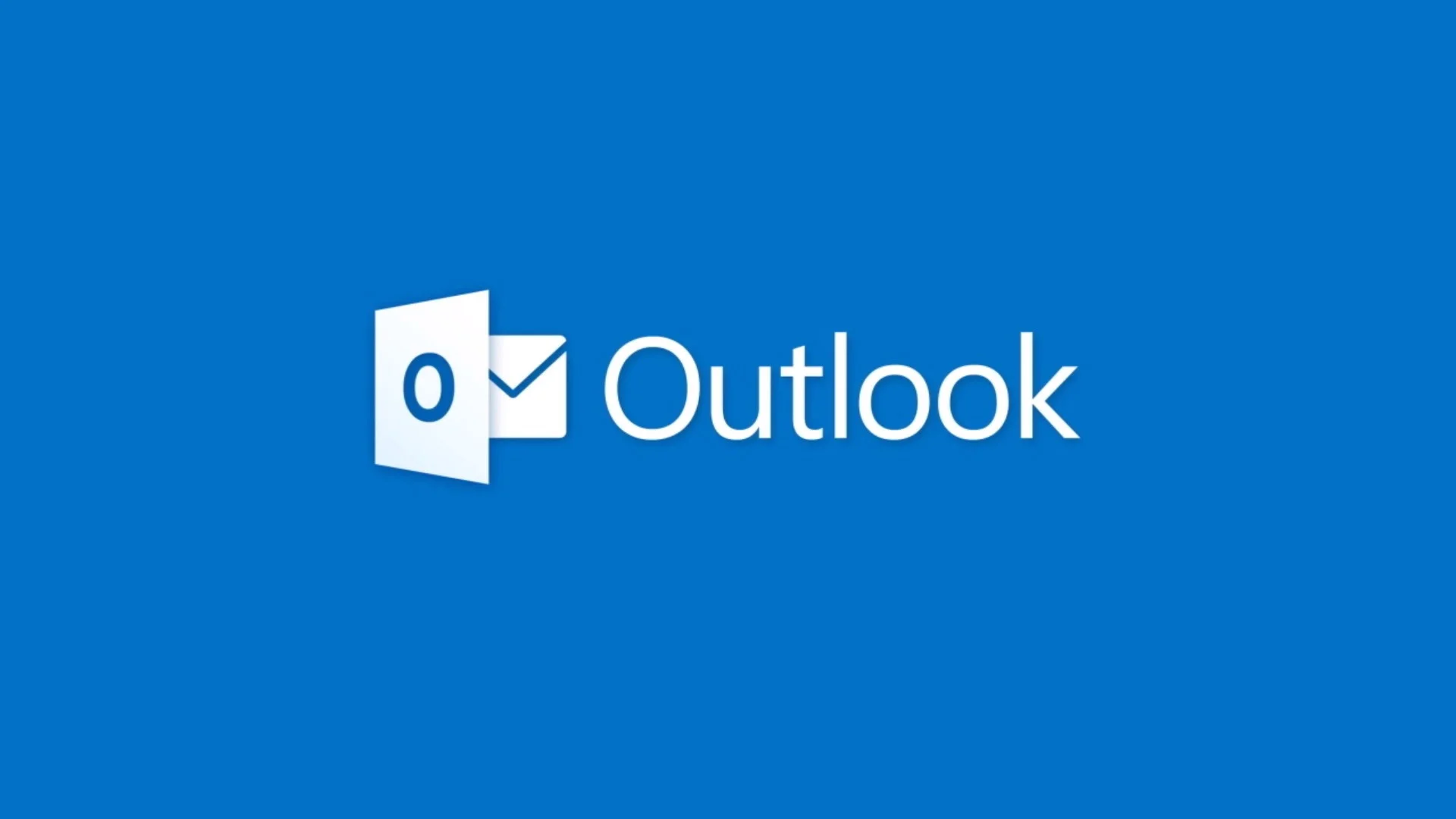Introduction
Downloading files from the internet is a commonplace activity that almost every Windows user engages in. Whether it’s software, documents, or media files, downloads play a crucial role in expanding our digital experiences. However, with the rise of cyber threats and malicious software, it has become increasingly important to trust the downloads we encounter.
Trusting a download means being confident that the file is safe, secure, and comes from a reputable source. Without proper precautions, we run the risk of infecting our computers with malware, compromising our personal data, or falling victim to scams. In this era of digital connectivity, practicing safe download habits has become an essential skill for every Windows user.
In this article, we will explore various methods to help you trust a download on Windows. We will discuss the importance of verifying the source, using digital signatures, checking file hashes, and utilizing Windows Defender SmartScreen and Application Guard features. By following these steps, you can significantly reduce the potential risks associated with downloading files.
Now, let’s delve into the details and learn how to confidently trust the downloads we encounter while using Windows.
What is a Download?
Before we dive into the topic of trusting downloads, let’s first understand what a download actually means. In simple terms, a download refers to the process of transferring data from a remote server to your local computer or device.
A download can encompass a wide range of files, such as software applications, updates, documents, images, videos, audio files, and more. It allows you to access and save content from the internet onto your device, enabling offline access and uninterrupted viewing or usage.
Downloads can be initiated through various means, including web browsers, email attachments, file-sharing platforms, and dedicated download managers. With the ever-increasing volume of digital content available online, downloading has become an integral part of our online interactions.
However, it is important to note that not all downloads are equal. While some downloads come from trusted sources and are safe to install or use, others may carry potential risks or malicious intent. This is why understanding how to trust a download is crucial to safeguarding your system and personal information.
By exercising caution and implementing the right security measures, you can ensure that the downloads you encounter are legitimate, secure, and free from any harmful elements.
Now that we have a clear understanding of what a download entails, let’s explore the importance of trusting downloads and why it is necessary to verify their authenticity.
The Importance of Trusting Downloads
Trusting a download is not just a best practice, but a crucial step in ensuring the security and integrity of your computer and personal data. Here are three key reasons why trusting downloads is of utmost importance:
1. Protection against Malware and Viruses: Malicious software, such as viruses, worms, ransomware, and Trojans, can be hidden within seemingly harmless downloads. Trusting a download means verifying its authenticity and ensuring it doesn’t contain any harmful elements. By exercising caution and only downloading files from trusted sources, you can significantly reduce the risk of infecting your computer with malware that can disrupt your system’s functionality, compromise your data, or even lead to financial loss.
2. Safeguarding Personal Information: Downloads that are not trustworthy can also pose a threat to your personal information. Some malicious downloads aim to steal your sensitive data, such as login credentials, credit card details, or personal identification information. By trusting downloads and ensuring their legitimacy, you minimize the chances of falling victim to identity theft, online scams, or unauthorized access to your personal accounts.
3. Preventing Financial Loss and Legal Consequences: Untrusted downloads can sometimes be part of illegal activities, such as distributing pirated software, copyrighted media content, or counterfeit products. By unknowingly downloading and using such files, you may expose yourself to potential legal consequences and financial liabilities. To protect yourself and avoid unintentional involvement in illegal activities, it is crucial to trust downloads by verifying their legality and authenticity.
As the online landscape continues to evolve, cybercriminals are becoming more sophisticated in their tactics. Trusting downloads is an essential defense mechanism to counter these threats and ensure a safe and secure digital experience. While it may require some extra time and effort, it is a small price to pay compared to the potential damages that can arise from downloading untrusted files.
In the following sections, we will explore different methods to help you trust downloads on Windows and mitigate the risks associated with potentially harmful files.
Understanding Digital Signatures
Digital signatures play a pivotal role in verifying the authenticity and integrity of downloaded files. They provide a level of trust by ensuring that the files have not been tampered with and originate from a trusted source. Let’s delve deeper into how digital signatures work and why they are important when it comes to trusting downloads.
What is a Digital Signature?
A digital signature is a cryptographic mechanism that binds a digital certificate to a specific file or message. It serves as a virtual fingerprint of the file, assuring its integrity and confirming the identity of the signer. When a file is digitally signed, it can be verified using the signer’s public key, which is widely available in digital certificates.
How Does it Work?
When a file is digitally signed, the signer uses their private key to encrypt a unique hash value of the file. This encrypted hash, along with other relevant information, is stored within the file as the digital signature. Anyone who downloads the file can then use the signer’s public key to decrypt the digital signature and compare the calculated hash value with the original hash value of the file. If the values match, it guarantees that the file has not been modified and was signed by the indicated signer.
Why are Digital Signatures Important?
Digital signatures provide several benefits when it comes to trusting downloads:
1. Verification of Authenticity: Digital signatures allow you to verify the authenticity and integrity of a downloaded file. By confirming the signer’s identity and ensuring that the file has not been altered, you gain confidence in its reliability.
2. Protection against Tampering: Digital signatures provide protection against unauthorized modifications to downloaded files. If a file has been tampered with or modified, the digital signature will fail the verification process, alerting you to the potential risk.
3. Assurance of Trust: Trusted organizations and individuals often sign their files with digital signatures, giving you assurance that the download comes from a reputable source. This helps in distinguishing trustworthy files from potentially malicious ones.
To take advantage of digital signatures, always check for a valid digital signature when downloading files, especially those from unfamiliar sources. Most operating systems, including Windows, provide built-in tools to verify digital signatures, helping you make informed decisions about the trustworthiness of downloads.
In the next section, we will explore how to verify the source of a download to further enhance trust and security.
Verifying the Source of the Download
One of the essential steps in trusting a download is verifying its source. By taking the time to investigate and confirm the legitimacy of the source, you can greatly reduce the risk of downloading malicious or untrustworthy files. Let’s explore some effective methods to verify the source of a download.
1. Official Websites: Whenever possible, download files from the official website of the software or content provider. Official websites are more likely to offer safe and reliable downloads compared to third-party sources. Verify the URL, look for security indicators like HTTPS, and check for any misspellings or suspicious domain names that may indicate a scam.
2. Developer or Publisher Reputation: Research the reputation of the developer or publisher of the file you want to download. Look for reviews, recommendations, and feedback from trusted sources. Reputable developers and publishers prioritize security and are more likely to provide safe downloads.
3. Trustworthy App Stores: If you’re downloading mobile apps, use official app stores such as Google Play Store or Apple App Store. These platforms have strict security measures in place to minimize the risk of malicious apps. Avoid downloading apps from third-party app stores or unofficial sources.
4. Check Digital Certificates: Verify the digital certificates associated with the download. Digital certificates confirm the authenticity and identity of the file’s signer. You can view certificate details in the file properties or by right-clicking on the file and selecting “Properties” or “Digital Signatures.”
5. Search Engine Research: Before downloading a file from an unfamiliar source, perform a quick search to gather information about the website or source. Look for any red flags or warnings from other users regarding malware, scams, or suspicious activities associated with the download.
6. User Feedback and Ratings: Utilize user ratings, reviews, and comments to gain insights into the trustworthiness of the download. Check for any negative feedback or reports of malware infections. Be cautious if the download has limited or no user feedback at all.
7. Trustworthy Software Repositories: For open-source software or freeware, download from reputable software repositories like GitHub, SourceForge, or official project websites. These repositories often maintain rigorous security protocols, ensuring the integrity of the files they host.
Verifying the source of a download is an essential practice to ensure the credibility and safety of the files you download. By following these steps and adopting a cautious approach, you can minimize the risk of downloading files from untrustworthy sources.
In the next section, we will explore the use of antivirus software to further enhance download trust and security.
Using an Antivirus Software
An antivirus software is a fundamental tool in maintaining the security of your computer and protecting it from various forms of malware. By using an antivirus software, you can effectively shield your system from threats and enhance the trustworthiness of the downloads you encounter. Let’s explore how antivirus software can contribute to download trust and security.
Real-Time Scanning: Antivirus software continuously monitors your system for any suspicious activities or files. When you download a file, the antivirus software scans it in real-time, checking for any known malware signatures or behavioral patterns. If any threats are detected, the software will alert you and prevent the malicious file from being executed or accessed.
Malware Detection: Antivirus software utilizes a vast database of known malware signatures and behavior patterns to identify and eliminate malicious files. This powerful detection mechanism helps safeguard your computer from infected downloads, reducing the risk of falling victim to malware-related attacks or data breaches.
Download Reputation Scanning: Some antivirus software incorporates download reputation scanning, which assesses the trustworthiness of a file based on its reputation and previous usage data. This feature provides an additional layer of protection by identifying potentially risky files that may not have been previously detected as malware.
Web Protection: Antivirus software often includes web protection features that analyze the websites you visit and the files you download. By checking website reputations, scanning for malicious links, and blocking potentially dangerous downloads, the software helps ensure that you only download files from trustworthy sources.
Automatic Updates: Antivirus software regularly updates its malware database and software components to stay ahead of emerging threats. These automatic updates ensure that your antivirus software is equipped with the latest security measures, making it more effective in detecting new and evolving malware.
Safe Browsing Mode: Many antivirus programs offer a safe browsing mode, which adds an extra layer of protection when you are browsing the internet or downloading files. This mode helps block suspicious websites, infected downloads, and phishing attempts, further enhancing download trust and security.
Using an antivirus software is essential to protect your computer and ensure the trustworthiness of the downloads you encounter. Make sure to choose a reputable and up-to-date antivirus program, regularly scan your system, and enable real-time protection to minimize the risk of downloading and executing malicious files.
In the next section, we will explore another method to verify the integrity of a download – checking the file hash.
Checking the File Hash
Checking the file hash is a reliable method to verify the integrity and authenticity of a download. A file hash is a unique alphanumeric string generated by a hashing algorithm, such as MD5, SHA-1, or SHA-256. By comparing the calculated file hash with the provided hash value, you can ensure that the downloaded file has not been altered or corrupted during the transmission process. Let’s explore how to check the file hash and why it is an effective way to enhance download trust.
Why Check the File Hash?
Checking the file hash provides several benefits when it comes to trusting downloads:
1. Ensuring File Integrity: By comparing the calculated file hash with the provided hash value, you can confirm that the downloaded file is identical to the original file. Any changes or modifications to the file will result in a different hash value, indicating a potential integrity issue.
2. Verifying Authenticity: File hashes are often provided by the software or content provider. By comparing the provided hash value with the calculated hash, you can ensure that the file is genuine and has not been tampered with by a malicious party.
3. Protecting Against File Corruption: Downloads can sometimes get corrupted due to transmission errors or network issues. Checking the file hash allows you to detect if any corruption has occurred during the download process. If the calculated hash does not match the provided hash, it is an indication that the file may be corrupted and should not be trusted.
How to Check the File Hash:
1. Obtain the provided file hash from the original source or website.
2. Use a file hashing tool or command-line utility to calculate the hash of the downloaded file. Common tools include certUtil, shasum, md5sum, or sha256sum.
3. Compare the calculated hash with the provided hash value. If they match, it confirms the integrity and authenticity of the download.
File hashing is simple yet effective in ensuring the trustworthiness of downloads. It is especially useful when downloading files from sources that do not provide digital signatures or other forms of verification. By including file hash checks in your download validation process, you can minimize the risk of downloading corrupted or tampered files.
In the next section, we will explore the use of Windows Defender SmartScreen and Application Guard to further enhance download trust and security.
Using Windows Defender SmartScreen
Windows Defender SmartScreen is a built-in security feature in Windows that helps protect your computer from potentially harmful downloads and suspicious websites. It acts as a barrier between your system and potentially dangerous files, providing an additional layer of protection. Let’s explore how to use Windows Defender SmartScreen to enhance download trust and security.
Enabling Windows Defender SmartScreen:
By default, Windows Defender SmartScreen is enabled on Windows systems. However, it’s essential to ensure that it is enabled for optimal protection. Here’s how to check if it’s enabled:
1. Go to the Windows Security settings by typing “Windows Security” in the search bar and selecting “Windows Security” from the results.
2. Click on “App & browser control” in the left-hand menu.
3. Under “Check apps and files,” ensure that the “Block” option is selected.
How Windows Defender SmartScreen Works:
Windows Defender SmartScreen employs a combination of reputation-based analysis and real-time behavior monitoring to safeguard your system:
1. Reputation-based Analysis: Windows Defender SmartScreen checks the reputation of downloads and websites using data collected from millions of users. If a file or website is flagged as potentially harmful based on its reputation, SmartScreen will display a warning message, giving you the option to proceed with caution or cancel the download.
2. Real-time Behavior Monitoring: SmartScreen also analyzes the behavior of downloads and websites in real-time. If a download exhibits suspicious behavior or attempts to perform potentially malicious actions, SmartScreen will block the file from executing or warn you of potential risks.
Overriding SmartScreen Warnings:
While SmartScreen provides valuable protection, there may be instances where you knowingly want to download a file that SmartScreen flags as potentially harmful. In such cases, you can choose to override the warning and proceed with the download by following these steps:
1. Click on “More info” on the SmartScreen warning message.
2. Click on “Run Anyway” or “Keep Anyway” to proceed with the download.
Stay Updated:
Microsoft regularly updates Windows Defender SmartScreen’s database to detect and block new threats. To ensure optimal protection, keep your Windows operating system up to date with the latest security patches and updates.
Windows Defender SmartScreen is a powerful tool that provides an additional layer of protection against potentially harmful downloads and websites. By keeping it enabled and following the warnings it provides, you can enhance the trustworthiness of the files you download and reduce the risk of falling victim to malware or other online threats.
In the next section, we will explore another feature, Windows Defender Application Guard, which can further enhance download trust and security.
Enabling Windows Defender Application Guard
Windows Defender Application Guard is a powerful security feature available in certain editions of Windows that provides a sandbox environment to isolate potentially untrusted downloads and websites. By enabling Windows Defender Application Guard, you can add an extra layer of protection to your system and ensure the trustworthiness of downloads. Let’s explore how to enable and use Windows Defender Application Guard to enhance download trust and security.
Requirements:
Windows Defender Application Guard is available in Windows 10 Enterprise and Windows 10 Pro (starting with version 1903) with the necessary hardware and virtualization capabilities. Ensure that your system meets the requirements before proceeding.
Enabling Windows Defender Application Guard:
Enabling Windows Defender Application Guard requires administrative privileges. Follow these steps to enable it:
1. Open the Group Policy Editor by pressing the Windows key + R, typing “gpedit.msc,” and pressing Enter.
2. Navigate to “Computer Configuration” -> “Administrative Templates” -> “Windows Components” -> “Windows Defender Application Guard.”
3. Double-click on “Turn on Windows Defender Application Guard” policy.
4. Select “Enabled,” and then click on “Apply” and “OK” to save the changes.
Using Windows Defender Application Guard:
With Windows Defender Application Guard enabled, compatible web browsers (such as Microsoft Edge) will automatically open untrusted websites and downloaded files in an isolated sandbox environment. Here are a few key points to keep in mind while using Windows Defender Application Guard:
1. Isolated Environment: Downloaded files and visited websites in the Windows Defender Application Guard container are isolated from your main system, reducing the risk of malware infections or unauthorized access to your data.
2. Secure Browsing: When browsing websites in Application Guard, any potential malicious activities or threats are contained within the sandbox environment and cannot impact your main system.
3. File Persistence: By default, any files downloaded within the Windows Defender Application Guard container are deleted upon exiting the isolated environment, ensuring no traces of potentially harmful files remain on your system.
4. Network Isolation: Windows Defender Application Guard uses network isolation to protect your main system from malicious websites or downloads. It redirects network traffic from the container to the Application Guard host, effectively isolating the container from your network.
Enabling Windows Defender Application Guard adds an extra layer of security and isolation to downloads and websites, reducing the chances of malware infections and unauthorized system access. By segregating potentially untrusted downloads within the Application Guard container, you can enhance download trust and protect your system from potential harm.
In the next section, we will wrap up our discussion and summarize the importance of trusting downloads on Windows.
Conclusion
Trusting downloads on Windows is vital for maintaining the security and integrity of your computer and personal data. By following the methods outlined in this article, you can significantly enhance the trustworthiness of the downloads you encounter:
1. Verify the Source: Always download files from reputable sources such as official websites, trusted app stores, or reliable software repositories. Research the reputation of developers and publishers to ensure their authenticity.
2. Understand Digital Signatures: Learn about digital signatures and utilize them to verify the authenticity and integrity of downloaded files. Check for valid digital signatures and match them with the provided certificates.
3. Use an Antivirus Software: Install and regularly update an antivirus software to protect your system from malware and viruses. Enable real-time scanning and take advantage of web protection features to enhance download trust.
4. Check the File Hash: Verify the file hash of downloaded files to ensure their integrity and authenticity. Compare the calculated hash with the provided hash to detect any alterations or corruption.
5. Employ Windows Defender SmartScreen: Enable and rely on Windows Defender SmartScreen to identify and block potentially harmful downloads and websites. Follow the warnings provided to proceed with caution.
6. Enable Windows Defender Application Guard: If available, enable Windows Defender Application Guard to isolate potentially untrusted downloads and websites within a secure sandbox environment. This adds an extra layer of protection to your system.
By implementing these practices, you can minimize the risks associated with downloading files from untrusted sources. Remember to exercise caution and remain vigilant when engaging with downloads, especially those from unfamiliar or suspicious sources.
Stay up to date with the latest security measures and regularly update your operating system, antivirus software, and other security tools. Being proactive and cautious is crucial in maintaining the trustworthiness and security of your downloads.
By taking these steps, you can download with confidence and enjoy a safe and secure digital experience on your Windows computer.







